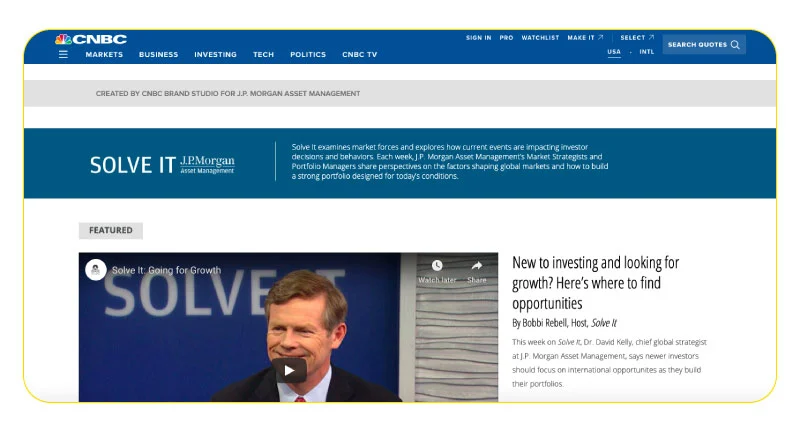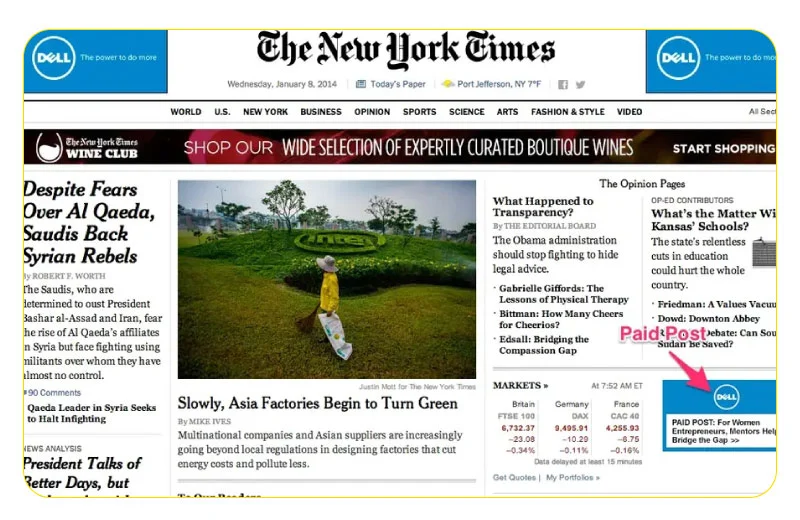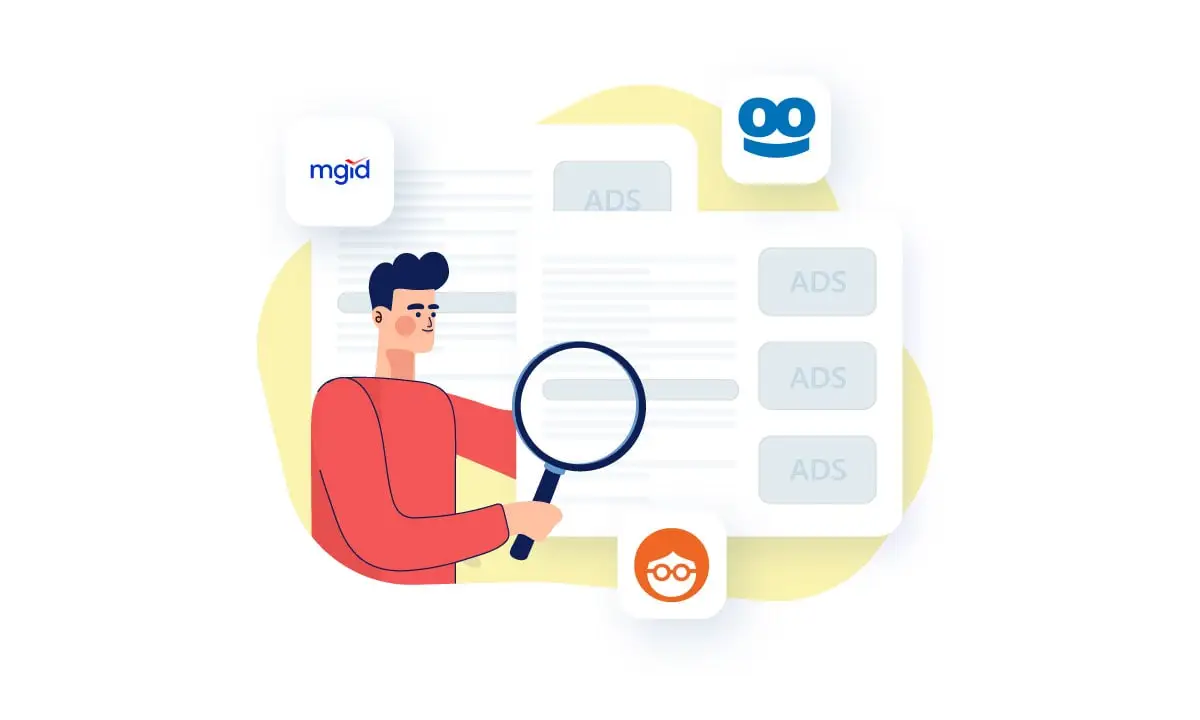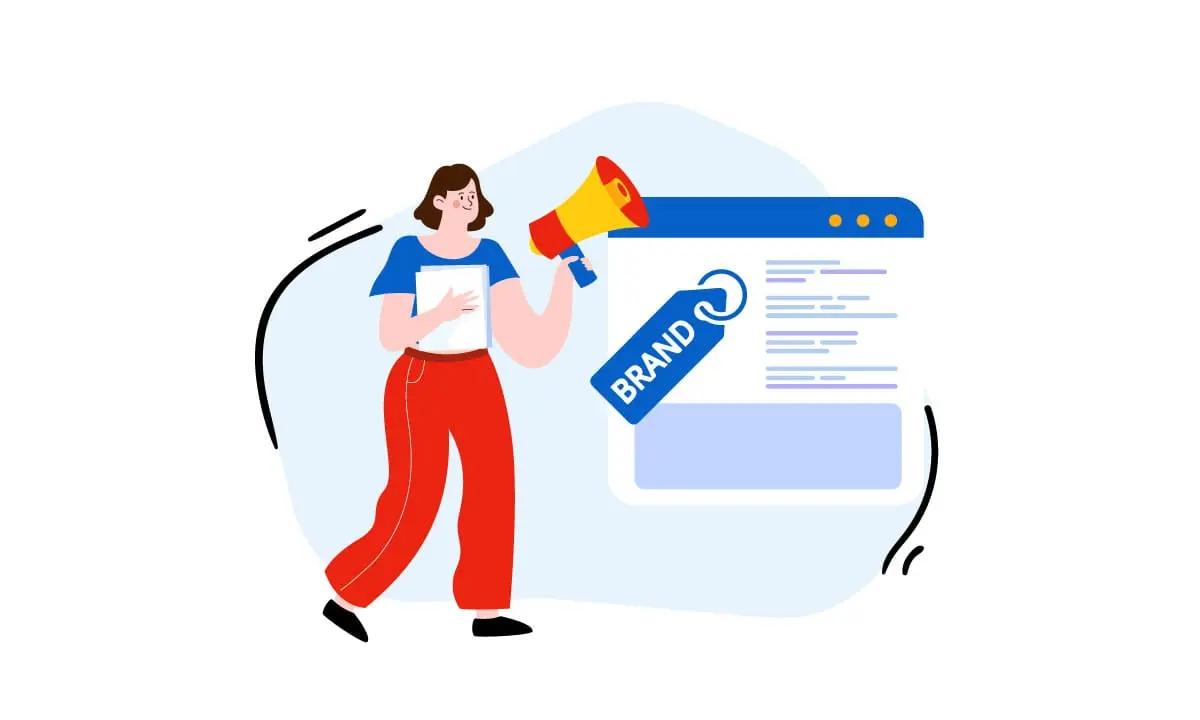Native advertising has witnessed a considerable surge in popularity ever since the ad fatigue phenomenon has become a major issue for the advertising world. These days, people are more elusive toward advertisements than ever and tend to spend little or no time on them. The sheer amount of ads they see in their everyday lives and brands not delivering their promises on ads are the main reasons for ad fatigue. Native is an effective solution to this problem.
It’s not disruptive and provides people with helpful info, which seems to mitigate their animosity toward ads. But native advertising is a broad concept. It can have many forms and shapes, many of which are used interchangeably by mistake. One of these forms is sponsored content, which is very popular among businesses right now. Understanding the differences between the two calls for a native advertising vs sponsored full comparison, which will help you choose the one that best suits your brand and gets the best results.

What is native advertising?
Native advertising is a form of paid promotion designed to minimize the negative impact of traditional ads. To reach this goal, native ads mimic the look and feel of their surrounding organic content. The objective here is to have little impact on the user’s experience. Native ads are designed to match the visual language, function, and tone of the place they’re being served on. As a result, people tend to be kinder to them and don’t dismiss them just as easily as they ignore traditional ads.
Related: Native advertising vs branded content; What’s the difference?
Native advertising has been very successful in preventing ad fatigue, and the method is already very popular in the marketing world. Native ads usually try to bring value by addressing a common problem of the target audience and providing the advertiser’s product or service as a solution.

While this type of advertising feels a bit deceitful, it’s actually not that duplicitous because government authorities like the Federal Trade Commission (FTC) oblige businesses to tell viewers that they’re seeing ads. That’s why there’s always a small phrase or tag on the native ads’ widgets that indicates they’re Paid Promotions. Publications and advertising channels charge brands for running native ads based on cost-per-click (CPC) or cost-per-mille (Cost per 1000 impressions).
Native ads have many formats since they basically imitate the shapes of the other content on their publication platforms (which are always third-party). This means they could be photos, videos, infographics, podcasts, articles, and blog posts. A very good example is Google’s paid search channel. The paid results you see on the search engine result pages (SERPs) look exactly like other normal links, except they have a tiny Ads indicator below them. However, the diversity of native ad formats could lead to confusion, since they can overlap with other ad types.
What is sponsored content?
Sponsored content is another paid promotion method that is actually a form of native advertising. The concept is the same: Sponsored content is a type of marketing that is done on a third-party platform like a publication or social media, with the intention of promoting a brand, product, or service without looking and feeling like an ad. Just like other types of native ads, sponsored content emulates the visual language of the destination platform and doesn’t strike as an ad at first look. This results in more engagement, especially since sponsored content contains educative information and usually tries to promote a product as a solution for a common problem of the target audience.
However, sponsored content has some distinct characteristics that separate it from other types of traditional native advertising. First and foremost, sponsored content is not an ad. Vanilla native advertising tends to mimic mostly the looks of the surrounding organic content and is much more direct than sponsored content when promoting a brand. Sponsored posts are long-form pieces of brand-sponsored content, like an editorial or a video. It’s much less salesy and pushy and usually tries to tell a story and establish a deeper connection with the audience instead of just blatantly promoting a brand. It’s more engaging and encourages the audience to spend more time on it. Nevertheless, the sponsor’s name is always mentioned in the content and there’s always a call to action to help generate leads.

A great example is collaborations between brands and major publications like BuzzFeed and New York Times. Large businesses order an advertorial from these websites and they create and post engaging content that looks like their normal organic posts, but it’s actually designed to promote the client. Some publications even have dedicated sections for sponsored content, but these posts always have the same visual elements as their organic articles.
Here’s another example: Imagine a bank would like to order a sponsored post from a publication. They contact a popular website that specializes in creating finance-related and money management content. The website produces an article about “The most profitable ways to save and invest your money” and mentions the aforementioned bank as the best solution and explains how their services will help you get the most out of your investment. This post is considered sponsored content. If you want to see more examples of native ads, sponsored content, and branded content. check out our article about 5 most impressive native advertising examples.
Conclusion
Sponsored content is a type of native advertising which shares many characteristics with standard native ads, but has some distinctions. The goal is the same: Building awareness and engaging with an audience on a third-party platform with posts that has the same look, feel, and function as the organic content on the platforms they’re being served on. However, sponsored content is not a simple ad; It’s a long-form piece of content that is much more informative, emotional, and entertaining than a vanilla native ad. Sponsored content is usually more expensive than native ads since the publishing platform has to create the content and include the sponsor in it.
FAQs
What is the difference between native advertising and sponsored content?
Contrary to the standard native advertising, sponsored content is not a simple ad; It’s a long-form piece of content that is much more informative, emotional, and entertaining than a vanilla native ad. Sponsored content is usually more expensive than native ads since the publishing platform has to create the content and include the sponsor in it.
Is sponsored content the same as native advertising?
Sponsored is considered a type of native advertising. It has the same approach and goal, which is promoting a brand without appearing as an aggressive ad and having to face the issue of ad fatigue.
How do you identify sponsored content?
Sponsored content always has a tag or phrase like Sponsored Post or Paid Promotion that indicated its true nature.
What is an example of sponsored content?
Imagine a bank would like to order a sponsored post from a publication. They contact a popular website that specializes in creating finance-related and money management content. The website produces an article about “The most profitable ways to save and invest your money” and mentions the aforementioned bank as the best solution and explains how their services will help you get the most out of your investment. This post is considered sponsored content.







 Facebook Ads Spy Tool
Facebook Ads Spy Tool TikTok Ads Spy Tool
TikTok Ads Spy Tool